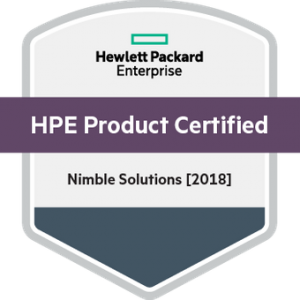VMware Explore 2022 – Recap
VMware Explore 2022 has been my fourth large VMware conference in-person in Barcelona. After two years holding the conference online due to the pandemic, it was good to back in-person and meet all the fellows again.
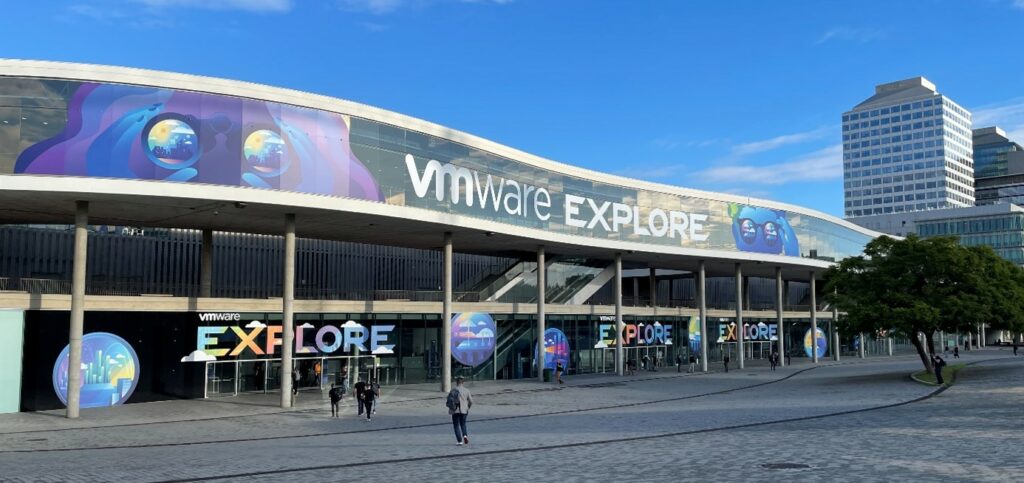
Monday was the partner day. I picked a very good session to kickoff the conference. Extreme performance series: vSphere Advanced Performance Tutorial by Valentin Bondzio. If you missed this session you should check it out here. Besides the amazing performance topics, he also covered the misspelling of VMware in an extreme entertaining way.
The Tuesday kicked off with the general session. In my opinion it was one of the best general sessions I have ever attended. It was well structured. It contained new announcements, it linked to the VMware Explore US and customer success stories were shown.
One main topic was cloud chaos. Many customers followed a cloud first strategy the last few years. They started on a single cloud and shifted to a multi-cloud model during the journey. Every organization wants greater choice and flexibility, which helps to avoid lock-in with a single service provider. But this decision led to a massive spike in complexity. Each cloud requires their proprietary tools that are siloed and incompatible with the other one. This ended in a cloud chaos where over 80% of organization are currently in.

Cloud smart is the desired destination of every multi-cloud journey: a more sophisticated, mature approach where you have the freedom to select the right cloud for the right app, based on the needs of the individual app. Customers I talk to who have successfully achieved a cloud-smart approach tend to describe three big shifts they drove as part of their move from Cloud Chaos to Cloud Smart:

VMware Aria – Cloud Management
To be successful with this – VMware announced Aria at the Explore US. Now, at the Explore Europe, we saw firsthand exactly what the product will look like and what benefits it can bring to the organizations. Aria Hub and Graph will become the new “miracle weapon” not only for vRealize suite but also for other VMware products and even more. Best of it – it’s available through VMware Cloud Console as SaaS.

VMware Aria and Graph are powered by GraphQL, which is a data query language which will aggregate data from across multiple sources including the vRealize Suite, Public Cloud providers (AWS, Azure, GCP), VMware Cloud providers (VMware Cloud on AWS, Azure VMware Solution and Google Cloud VMware Engine) and even third-party tools (through extensibility) such as ServiceNow. Once Aria Hub and Graph have this wealth of data, it can become the source of truth, ensuring all the individual apps have the correct and latest information. But what is the value in this?
Currently, if you have an AWS VM managed by vRA, all changes to the VM must be done through vRA so that it knows about those changes. If a user edits that same VM in the AWS console, vRA doesn’t know that the VM has changed. The VM won’t be updated in vRA and it won’t be updated in any third-party tools such as a CMDB like ServiceNow. With VMware Aria and Graph, the GraphQL database is constantly polling all data sources, so when a change is made directly in AWS, GraphQL will spot this change immediately and the other applications will automatically be told about the change. This enables VMware Aria to be the holistic platform for all your workloads enriched with security and capacity guidelines. It will help to transform your cloud chaos to be cloud smart.
Aria Hub and Graph will be the next big thing for VMware. It brings all together in one hub as a service. You can see your cloud spending and getting recommendation to save cost in the same dashboard where you can see the operations data like traffic and security posture for your networks and workloads. And there is a present. There is a VMware Aria hub free tier. More information is available here.
VMware Cloud Disaster Recovery – Ransomware Recovery
Back at VMware Explore US VMware announced the availability of the ransomware recovery feature as add-on on VCDR. The cloud filesystem of VCDR analyze the change rate and entropy of the protection groups so it can show you were the ransomware attack possible hit you. This supports the recover process from ransomware by finding the restore point with the least amount of data loss.
Ransomware recovery allows to spin-up a protection group on VMware Cloud on AWS used as isolated recovery environment (IRE) to verify the selected restore point. During verification a modern and effective approach to validate the restore points by running a next-generation antivirus and behaviour analysis powered by VMware carbon black is used. There is no need for separate tools as it is automatically installed all within a single workflow. When the scan complete you can see the findings and mark the restore point as good or bad. If bad is selected – the next, older restore point is scanned to verify its state. Thanks to VMware NSX the workloads can be used isolated or quarantined on VMware Cloud on AWS.
Don’t hesitate to contact me if you are looking for a demo.
Finally – vSphere 8
The next big thing. vSphere 8 bring all the benefits of cloud to on-prem. It will integrate the VMware cloud console as centralized management and capacity management as well as the VCDR add-on on a cloud consumption interface (with vSphere+).
- vSphere Distributed Service Engine (DPU) aka Project Monterey is introduced to meet the throughput and latency needs of modern workloads and relieve CPU cycles.
- Improved vSphere lifecycle management: You can pre-stage esx images prior to maintenance and as well as remediate multiple hosts in parallel instead as one-by-one.
- Improved DRS performance: optimal workload placement by using memory statistics on bandwidth, latency and miss rates (vMMR)
- Maximize performance for latency sensitive workloads by improving the vCPU scheduler. vSphere makes sure that virtual machine vCPUs are scheduled on the same hyperthreaded physical CPU core. Requires virtual machine hardware version 20!
- Guest OS improvements for TPM usage with Windows 11 and one of the best enhancements in my opinion: Reduced application outages by preparing application for migration. Applications are notified of impending migration task and can prepare before acknowledging the migration can proceed.
- For those who are interested into sustainability. vSphere shows the workload power consumption, so you can optimize those power-hungry workloads and use idle time to consolidate workloads.
And yes – there is vSAN+ with the new express storage architecture – the game changer. Check it out here.
Summary
The VMware Explore this year felt amazing. It was good to be back in-person. However, it seems as if VMware has miscalculated the attendees. The venue was quite a bit smaller than the years before whereas the number of attendees were not. Due to using hall 6 as party/general session venue there was no entry from there, so you had to walk the whole gallery from hall 8 to hall 6 for hot lunch instead of crossing the road and using entry on hall 6. Looking forward to the old setup.
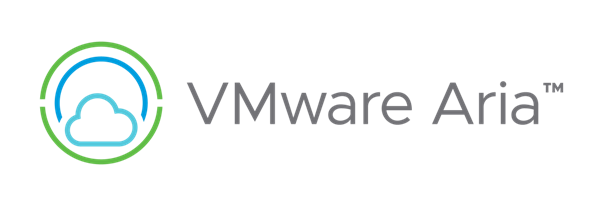



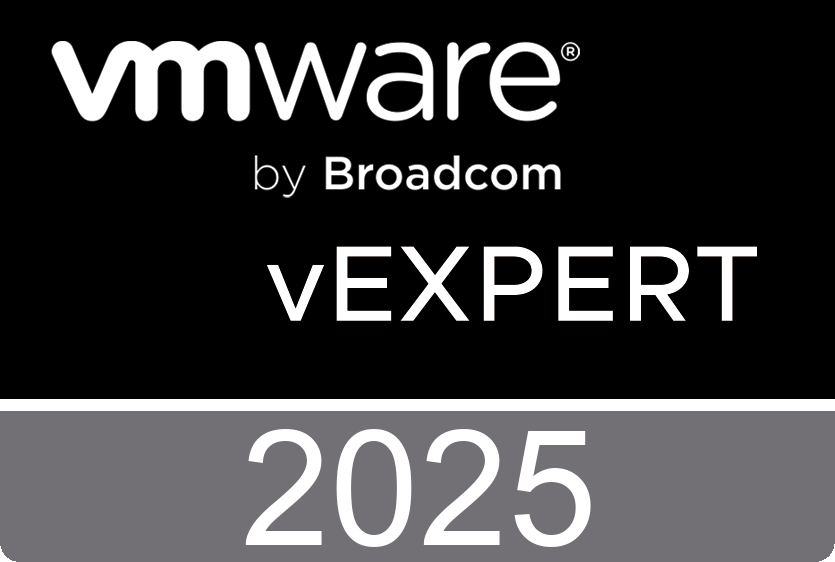
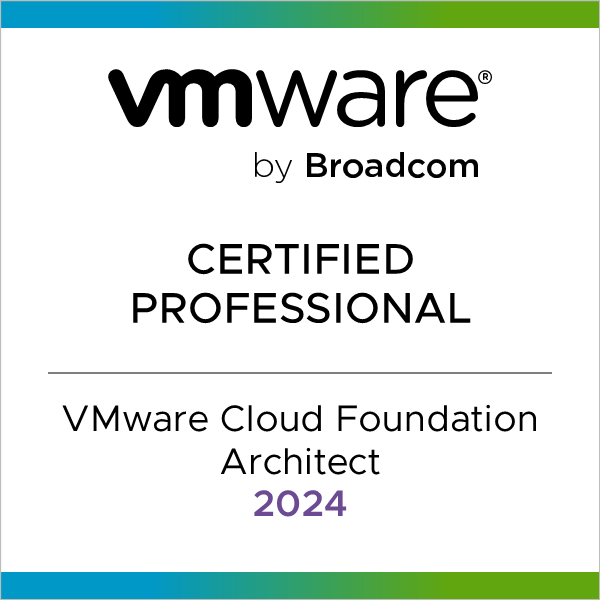
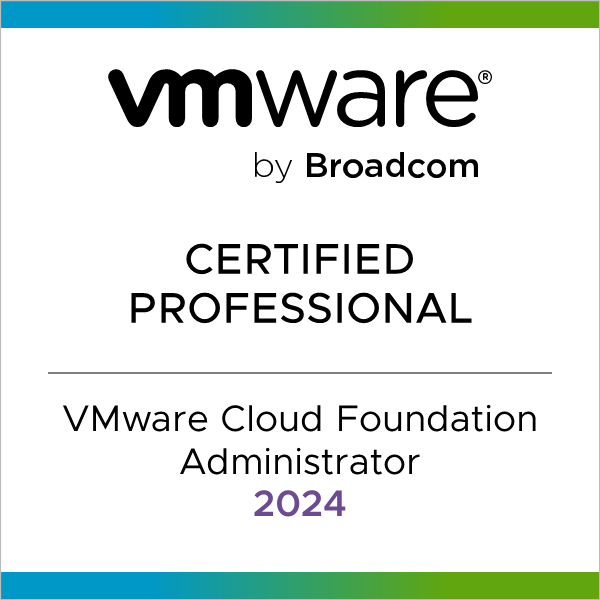






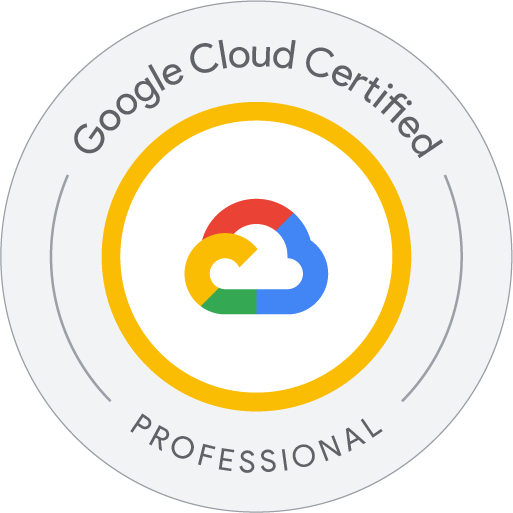

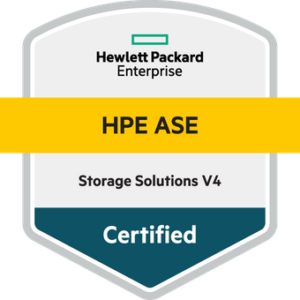 >
>
